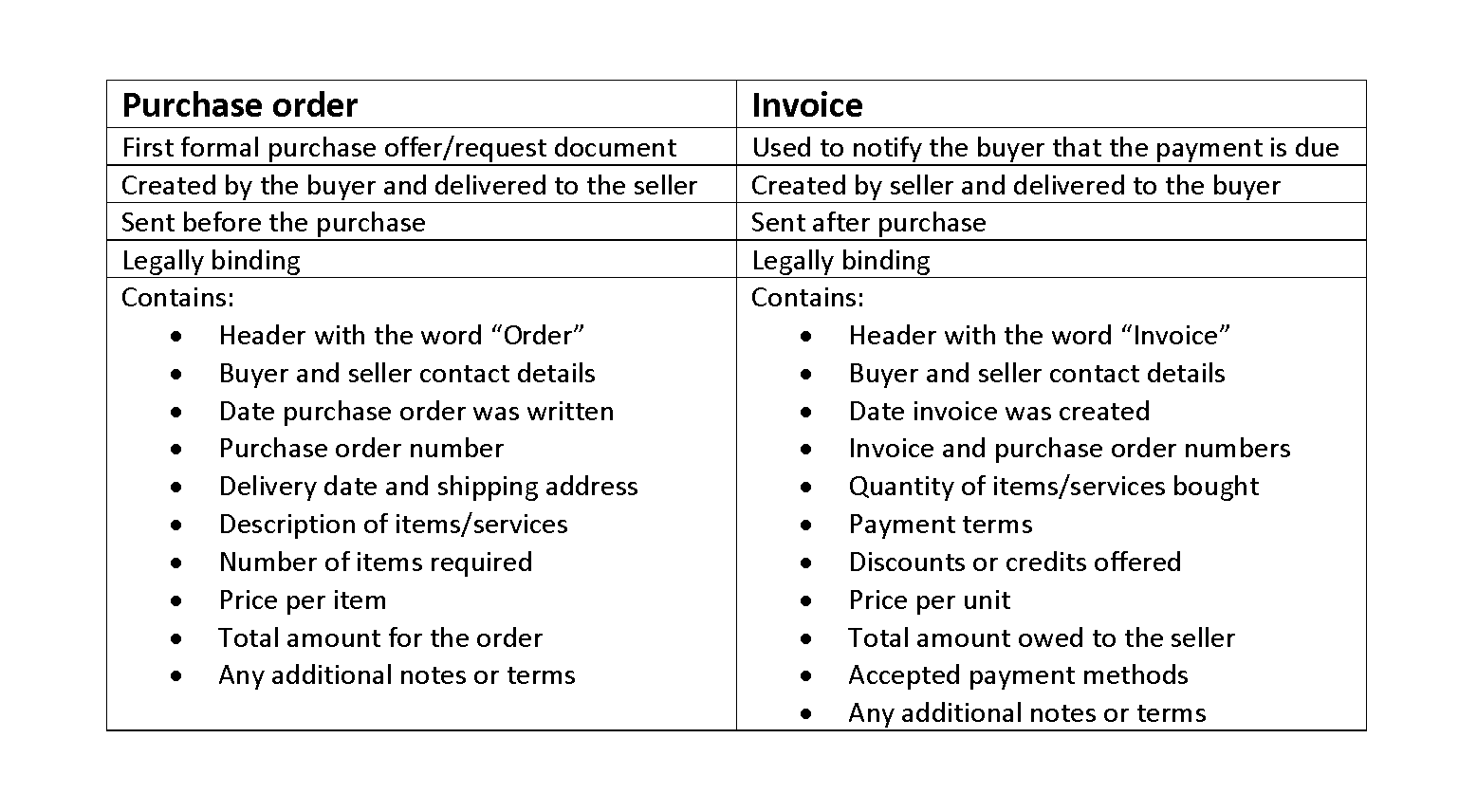
It derives its status only from the accrual system of accounting and thereby, it correct accounting equation does not apply in a cash-based, single-entry accounting system. Metro Courier, Inc., was organized as a corporation on January 1, the company issued shares (10,000 shares at $3 each) of common stock for $30,000 cash to Ron Chaney, his wife, and their son. Because of the two-fold effect of business transactions, the equation always stays in balance.
Examples of the Accounting Equation
- Assets represent the valuable resources controlled by a company, while liabilities represent its obligations.
- The concept of the expanded accounting equation does not extend to the asset and liability sides of the accounting equation, since those elements are not directly altered by changes in the income statement.
- If a transaction is completely omitted from the accounting books, it will not unbalance the accounting equation.
- The accounting equation is similar to the format of the balance sheet.
- This straightforward relationship between assets, liabilities, and equity is considered to be the foundation of the double-entry accounting system.
If a company keeps accurate records using the double-entry system, the accounting equation will always be “in balance,” meaning the left side of the equation will be equal to the right side. The balance is maintained because every business transaction affects at least two of a company’s accounts. For example, when a company borrows money from a bank, the company’s assets will increase and its liabilities will increase by the same amount. When a company purchases inventory for cash, one asset will increase and one asset will decrease. Because there are two or more accounts affected by every transaction, the accounting system is referred to as the double-entry accounting or bookkeeping system.
- This transaction affects both sides of the accounting equation; both the left and right sides of the equation increase by +$250.
- My Accounting Course is a world-class educational resource developed by experts to simplify accounting, finance, & investment analysis topics, so students and professionals can learn and propel their careers.
- It offers a quick, no-frills answer to keeping your assets versus liabilities in balance.
- While single-entry accounting can help you kickstart your bookkeeping knowledge, it’s a dated process that many other business owners, investors, and banks won’t rely on.
- The ingredients of this equation – Assets, Liabilities, and Owner’s equities are the three major sections of the Balance sheet.
Accounting Equation Formula and Calculation

The balance sheet is also known as the statement of financial position and it reflects the accounting equation. The balance sheet reports a company’s assets, liabilities, and owner’s (or stockholders’) equity at a specific point in time. Like the accounting equation, it shows that a company’s total amount of assets equals the total amount of liabilities plus owner’s (or stockholders’) equity. The purpose of this article is to consider the fundamentals of the accounting equation and to demonstrate how it works when applied to various transactions.
What Are the Key Components in the Accounting Equation?
Below are some examples of transactions and how they affect the accounting equation. Starting a business with 1 million means that the business owner introduced capital or in other words owner’s equity is 1M, which, in this case, was brought inside the business in the form of cash. Therefore, their cash increased by 1M and capital also increased simultaneously by the same amount.
Effects of Transactions on Accounting Equation

In any event, when the balance sheet report adjusts itself, there is still a chance of a mistake that doesn’t include the accounting equation. An error in transaction analysis could result in incorrect financial statements. You may have made a journal entry where the debits do not match the credits. This should be impossible if you are using accounting software, but is entirely possible (if not likely) if you are recording accounting transactions manually. In the latter case, the only way to correct the issue is to review all entries made to date, to find the unbalanced entry.
Arrangement #2: Net Value = Assets – Liabilities

Therefore, at any point, the total number of assets of a firm is equal to the total number of liabilities. That is because the equation indicates that sources of funds are equal to the uses of funds. In other words, the equation means that capital and liabilities together are equal to assets fixed assets at all times. It helps to prepare a balance sheet, which is the most vital step in creating financial statements. While trying to do this correlation, we can note that incomes or gains will increase owner’s equity and expenses, or losses will reduce it.
Liabilities
A debit refers to an increase in an asset or a decrease in a liability or shareholders’ equity. A credit in contrast refers to a decrease in an asset or an increase in a liability or shareholders’ equity. In the below-mentioned example, we will deal with 2 different transactions that took place in a newly started business called Unreal Pvt Ltd. This example will help you clearly understand how a transaction affects the variables involved in an accounting equation and still maintains the integrity of the equation. It wouldn’t be wrong to say that this equation is the basis of all accounting.

This statement reflects profits and losses that are themselves determined by the calculations that make up the basic accounting equation. In other words, this equation allows businesses to determine revenue as well as prepare a statement of retained earnings. This then allows them to predict future profit trends and adjust business practices accordingly. Thus, the accounting equation is an essential step in determining company profitability. The accounting equation plays a significant role as the foundation of the double-entry bookkeeping system. The primary aim of the double-entry system is to keep track of debits and credits and ensure that the sum of these always matches up to the company assets, a calculation carried out by the accounting equation.

